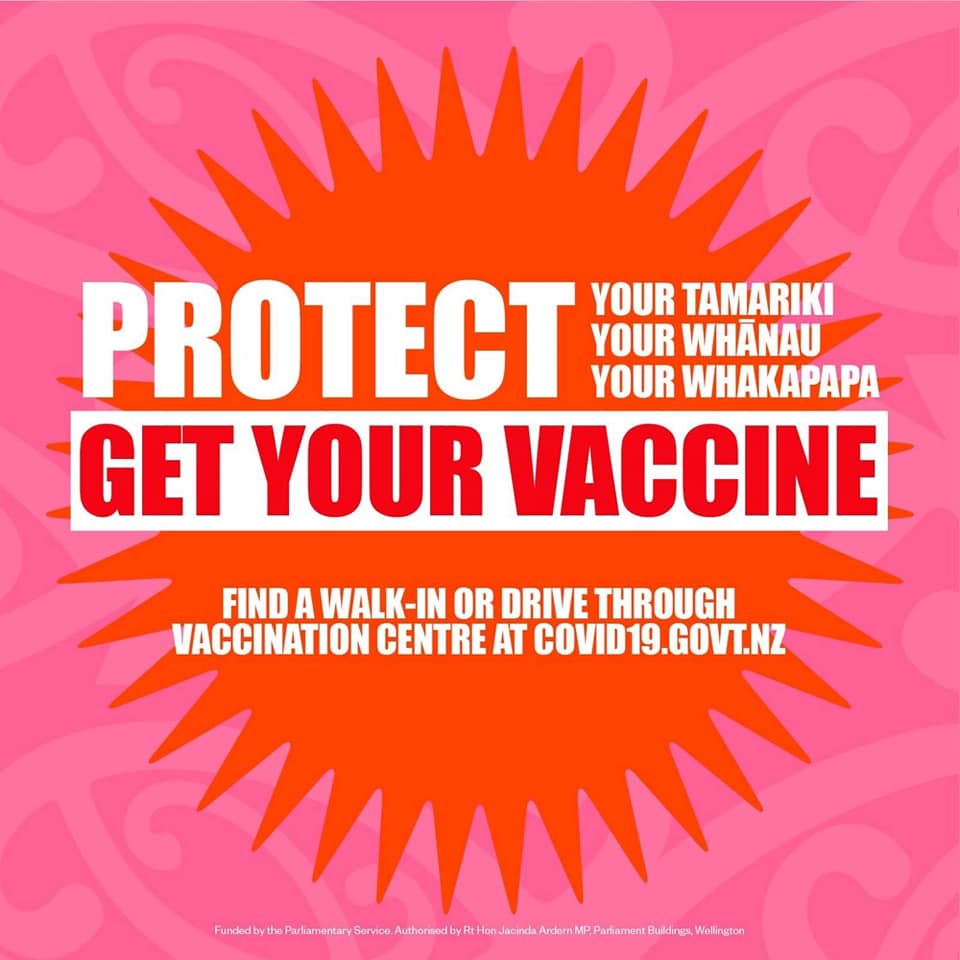“We can’t even get into the water now”, “We’ve never seen them here before”, recently we are hearing these types of complaints from Sri Lankans, especially from those who live around rivers and reservoirs. These complaints are about a certain semi-aquatic reptile called the crocodile. Some Sri Lankans believe their population has exploded, some even think that they should all be killed, so we can have a swim without becoming crocodile lunch. But has the Sri Lankan crocodile population really exploded or is it something else? Before we slay the monster, we need to understand the monster.
Crocodiles are some of the hardiest creatures on earth. They have been around since the time of the dinosaurs, keeping the same design. They have a bite force stronger than any other predator on land. In Sinhala folk tongue, they are dubbed the ‘Degambada Raja’, which can be translated as the king of both water and land. Even with this impressive resume, crocodiles are mostly disliked by humans.
Out of the 16 living species, two species are native to Sri Lanka. They are the Saltwater Crocodile/ගැට කිඹුලා (Crocodylus porosus) and Mugger Crocodile/හැල කිඹුලා (Crocodylus palustris). The saltwater crocodile is indeed the largest reptile on earth, which can grow up to even six metres in length. It has a global range from South Asia to Northern Australia. It can be found in both inland waters and intertidal zones like mangroves. Don’t be surprised if you see one floating on the sea either. As the name ‘saltwater’ suggests, sometimes they catch ocean currents and venture into the sea. On the other hand, the smaller mugger crocodile is a uniquely inland species, found in South Asia.

Mugger Crocodile: Photo by Fahad Puthawala
Now, let’s discuss the elephant in the room, or rather the crocodile in the water. Why are we seeing too many crocodiles in places we’ve never seen them before? Has their population exploded? Even if it has, what caused it?
Although adults are apex predators, baby crocodiles have so many enemies. They can fall prey to large fish, waterbirds like storks and herons, water monitors, and even an occasional fishing cat, keeping the crocodile population in check. Surprisingly, crocodiles themselves can be their own population controllers, as adults cannibalise on baby crocodiles. So, it’s important to know what happened to their natural predators. Have their populations decreased?
There can also be another reason, like habitat loss. As human populations encroach on natural ecosystems, habitat loss has always been a major cause in much of the human-animal conflicts. We know that wetlands get drained to make way for buildings. The flood threats this causes aside, these are also potential crocodile habitats. Also, when water bodies get polluted, they become unliveable for aquatic life. Then the crocodiles move to other aquatic habitats. Habitats that may even be too close to humans. In fact, crocodiles are known to walk long distances on land in search of suitable water bodies.
Just as pollutants can chase away crocodiles, sometimes they can be inviting to them. For instance, an aquatic location where rotting flesh gets dumped is an ideal place for a crocodile to thrive. So maybe the sudden crocodile boom in your area has something to do with what you throw in the water.
As some Sri Lankans suggest, why can’t we kill them off? Or at least cull them up to a certain limit? We can’t kill them to extinction, because of their importance to the ecosystem. Even if we cull them, that should only be done after comprehensive studies, about their population and the cause of their disturbances to humans. Also, we need to know which crocodile we are culling. Because although the global saltwater crocodile numbers are stable, the IUCN lists the mugger crocodile as a Vulnerable species.

Saltwater Crocodile: Photo by Darwin Frivaldo
Removing or reducing a species from a food chain only means more trouble. As experts suggest, we are seeing that with the expansion of peacocks and how the reduction of their predator, the jackal caused it. Surely, that itself is a different topic to discuss.
Like any apex predator, crocodiles always keep the populations of other animals in check. Crocodiles have a very robust digestive system, which helps them to feed on rotting carcasses before they pollute water. Their strong immune system allows them to eat sick animals without getting sick themselves, hence preventing any disease outbreak. It’s as if they are nature’s department of disease control.
The crocodiles may look like ruthless killers, but at the same time, they also save the lives of other animals. For instance, in the dry seasons their presence in small water holes prevents other animals from drinking, consequently protecting the struggling aquatic life left in that water hole. Crocodiles burrow complex tunnel systems on riverbeds, which deepens the rivers and provides habitats for other aquatic and semi-aquatic species. According to some studies, crocodile excrements increase the nutrient levels in the rivers and lakes, providing a healthy fish population, which benefits fishermen.
The crocodiles can even be the first line of defence against invasive fish species in Sri Lanka. As some of you may know, Sri Lanka’s waters are invaded by foreign predatory fish, which are becoming a threat to our native species and a nuisance to fishermen. These are none other than giant pet fish released to the nearby waters by irresponsible owners. Only a crocodile is tough enough to prey on these invaders.
Apparently, crocodiles are not monsters after all. But does Sri Lanka have a Croc Crisis? If so, what’s the solution? That can only be known by thorough studies before making hasty decisions, because one wrong move can bring more crises.
By Thulitha Abayawardana – Auckland









